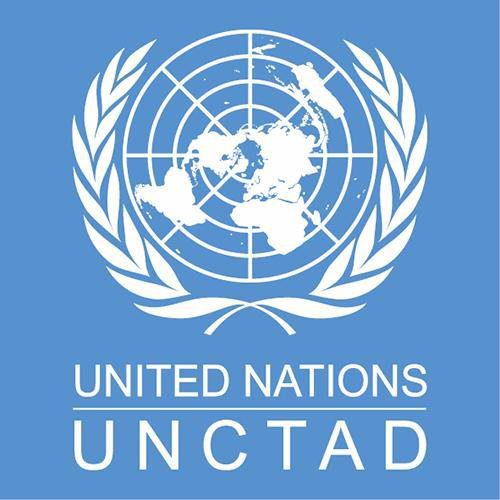Foreign direct investment (FDI) into Africa showed a strong rebound in growth of 147 percent to an estimated $97 billion in 2021 compared with $39 billion in 2020.
The United Nations Conference on Trade and Development (UNCTAD) said this in its investment trends monitor report released on Tuesday.
According to the report, the total for the region more than doubled, inflated by a single intra-firm financial transaction in South Africa in the second half of 2021.
The report added that FDI to South Africa jumped to $41 billion (from $3 billion in 2020) due to the $46 billion share swap between the South African multinational Naspers and its Dutch-listed investment unit, Prosus.
In developing economies, FDI flows increased by 30 percent to nearly $870 billion, with a growth acceleration in the east and south-east Asia of more than 20 percent, a recovery to near pre-pandemic levels in Latin America and the Caribbean and an uptick in West Asia.
Of the total increase in global FDI flows in 2021 ($718 billion), the report added that more than $500 billion, or almost three quarters, was recorded in developed economies. Developing economies, especially the least developed countries (LDCs), saw more modest recovery growth.
Globally, FDI flows also showed a strong rebound in 2021 with a growth of 77 percent to an estimated $1.65 trillion, compared with $929-billion in 2020.
The report stated that investor confidence is strong in infrastructure sectors, supported by favourable long-term financing conditions, recovery stimulus packages and overseas investment programmes.
It concluded that though the outlook for global FDI in 2022 is positive, the rebound growth rate in 2021 is unlikely to be repeated.
“The 2021 rebound growth rate is unlikely to be repeated. The underlying trend — net of conduit flows, one-off transactions and intra-firm financial flows – will remain relatively muted, as in 2021. International project finance in infrastructure sectors will continue to provide growth momentum,” the report reads.
“The protracted duration of the health crisis with successive new waves of the pandemic continues to be a major downside risk. The pace of vaccinations, especially in developing countries, as well as the speed of implementation of infrastructure investment stimulus, remain important factors of uncertainty.
“Other important risks, including labour and supply chain bottlenecks, energy prices and inflationary pressures will also affect results.”



